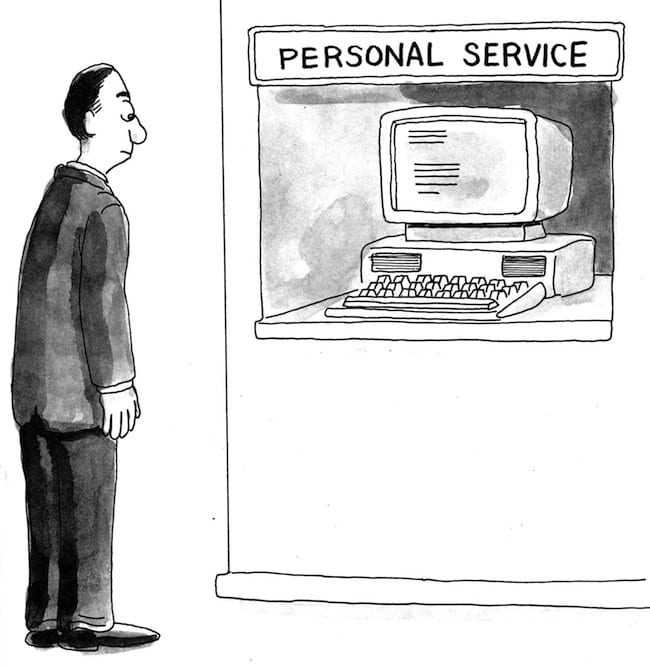The top stories this week from the field.
Don’t Be Afraid to Get Personal With Customers
“Another aspect of personalized interaction is the human touch. Gartner’s Michael Moaz points out in a recent blog that when it comes to interacting with customers, your people – not your company — are the stars. The amusing chat that sparks a bond, the momentary support from a stranger that somehow means a lot, the knowledgeable technician who really understands your problem and cares about solving it — these are the types of personalized interactions that truly cement customer relationships.” (via Hansen Lieu/LinkedIn)
Can’t Stress it Enough: Mobility is a Must for Field Service
 “Recent research from Aberdeen Group found that 82 percent of field-service organizations identified mobility as a strategic initiative for the service operation in the next 12 months, as a tool to empower the field with real-time intelligence to make decisions and resolve issues to better serve the customer. Companies that understand how to strategically leverage mobility solutions stand to drive efficiencies, improve customer service and benefit from a more profitable bottom line.” (via Information Age)
“Recent research from Aberdeen Group found that 82 percent of field-service organizations identified mobility as a strategic initiative for the service operation in the next 12 months, as a tool to empower the field with real-time intelligence to make decisions and resolve issues to better serve the customer. Companies that understand how to strategically leverage mobility solutions stand to drive efficiencies, improve customer service and benefit from a more profitable bottom line.” (via Information Age)
With The Connected Device Trend Heating Up, Now’s No Time to Lag on Mobile Adoption
“We’re using iPads with mobile hotspots. The iPads help us to utilize the full functionality of our field service software solutions. Coupled with the mobile hotspot, field service engineers have real-time visibility into all the needs of the customer while providing real-time feedback to all departments that are invested in the customers’ success.” (via Field Technologies Online)
Emergency Crews Get Tech Savvy
“While first responders get a lot of attention for rushing to emergencies, in the aftermath of a hurricane or the recent snow storms, there is a flurry of activity by highway workers, utility crews and repair and maintenance teams to restore normalcy and protect public safety. That includes restoring power, repairing downed telephone lines or gas, heating and cable connections. Road-clearing crews and utility workers for instance, get dispatched as soon as the situation permits to restore power. Plumbers, electricians, construction workers and HVAC technicians are sent to the scene to reconnect services and rebuild damaged structures.” (via Intelligent Utility)


Share this: